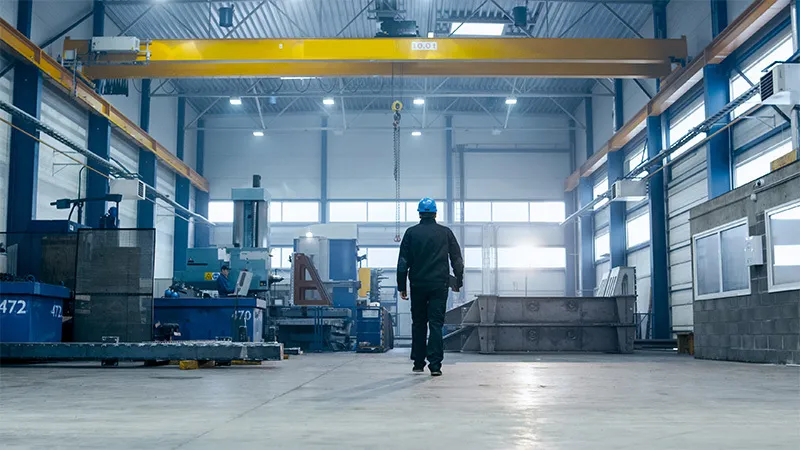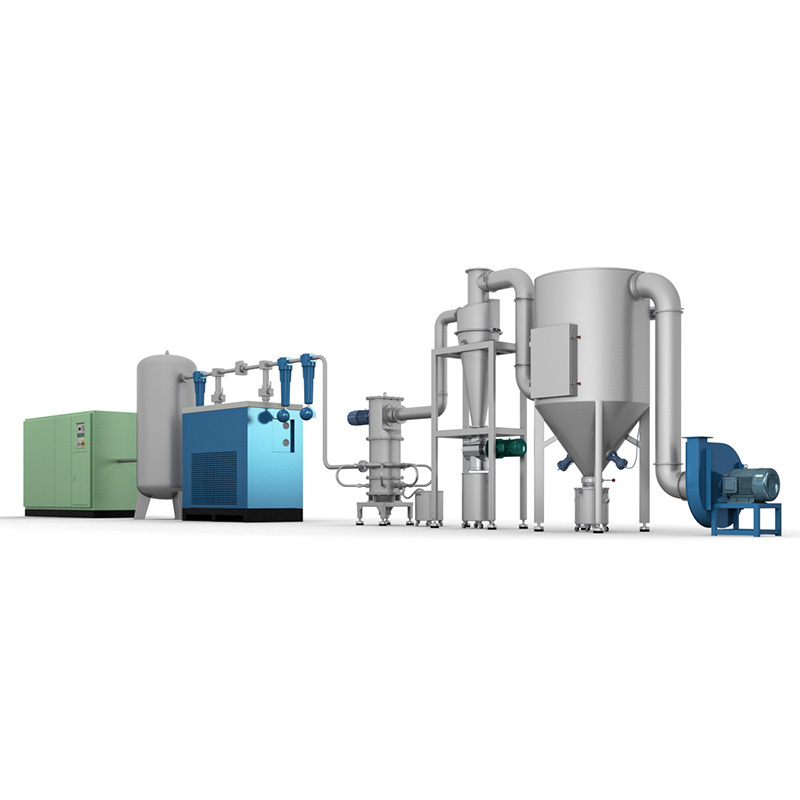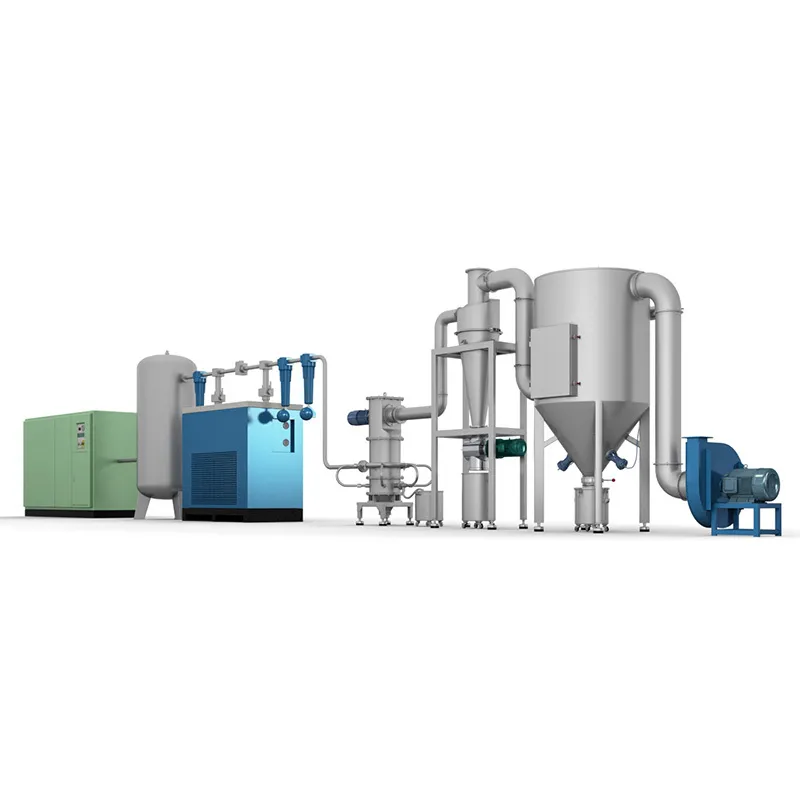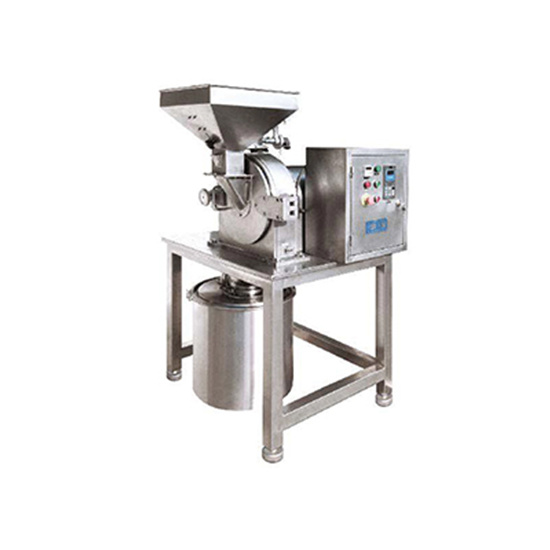NEWS
The Importance of Feeding Systems in the Manufacturing and Processing Machinery Industry
Nov 02,2023
Introduction:
Feeding systems play a crucial role in the manufacturing and processing machinery industry. They are responsible for delivering raw materials or components to various stages of the production process. In this article, we will explore the importance of feeding systems and their impact on enhancing efficiency and productivity in the industry.
1. Ensuring Continuous Material Flow:
Feeding systems ensure a continuous and uninterrupted supply of materials to the production line. By automating the material feeding process, manufacturers can eliminate manual handling, reduce downtime, and improve overall operational efficiency. This leads to a smoother production flow and minimizes the risk of bottlenecks or delays.
2. Enhancing Precision and Accuracy:
Accurate feeding of materials is essential for maintaining product quality and consistency. Modern feeding systems utilize advanced sensors and control mechanisms to precisely measure and regulate the amount of material being supplied. This level of precision minimizes waste, optimizes resource utilization, and ensures that each component or raw material is delivered in the right quantities at the right time.
3. Improving Safety and Ergonomics:
Feeding systems contribute to a safer working environment by reducing the need for manual material handling. Automation eliminates the risk of injuries associated with heavy lifting, repetitive motion, or exposure to hazardous substances. Additionally, ergonomic design principles are incorporated into feeding systems to enhance operator comfort and reduce the physical strain associated with manual feeding operations.
4. Increasing Production Speed and Output:
Efficient feeding systems enable manufacturers to achieve higher production speeds and increased output. By automating the feeding process, the time required for material preparation and handling is significantly reduced. This allows for faster processing, shorter cycle times, and ultimately, higher production volumes. Increased output can lead to cost savings and improved competitiveness in the market.
5. Facilitating Integration with Other Machines:
Feeding systems can be seamlessly integrated with other machinery and equipment in the production line. This integration enables a synchronized workflow, where materials are fed directly into the next processing stage without manual intervention. By eliminating the need for intermediate handling or transfers, manufacturers can optimize their operations, minimize errors, and achieve higher levels of efficiency.
Conclusion:
Feeding systems are a critical component of the manufacturing and processing machinery industry. They ensure continuous material flow, enhance precision and accuracy, improve safety and ergonomics, increase production speed and output, and facilitate integration with other machines. Investing in advanced feeding systems can significantly enhance operational efficiency, productivity, and competitiveness in the industry.
Feeding systems play a crucial role in the manufacturing and processing machinery industry. They are responsible for delivering raw materials or components to various stages of the production process. In this article, we will explore the importance of feeding systems and their impact on enhancing efficiency and productivity in the industry.
1. Ensuring Continuous Material Flow:
Feeding systems ensure a continuous and uninterrupted supply of materials to the production line. By automating the material feeding process, manufacturers can eliminate manual handling, reduce downtime, and improve overall operational efficiency. This leads to a smoother production flow and minimizes the risk of bottlenecks or delays.
2. Enhancing Precision and Accuracy:
Accurate feeding of materials is essential for maintaining product quality and consistency. Modern feeding systems utilize advanced sensors and control mechanisms to precisely measure and regulate the amount of material being supplied. This level of precision minimizes waste, optimizes resource utilization, and ensures that each component or raw material is delivered in the right quantities at the right time.
3. Improving Safety and Ergonomics:
Feeding systems contribute to a safer working environment by reducing the need for manual material handling. Automation eliminates the risk of injuries associated with heavy lifting, repetitive motion, or exposure to hazardous substances. Additionally, ergonomic design principles are incorporated into feeding systems to enhance operator comfort and reduce the physical strain associated with manual feeding operations.
4. Increasing Production Speed and Output:
Efficient feeding systems enable manufacturers to achieve higher production speeds and increased output. By automating the feeding process, the time required for material preparation and handling is significantly reduced. This allows for faster processing, shorter cycle times, and ultimately, higher production volumes. Increased output can lead to cost savings and improved competitiveness in the market.
5. Facilitating Integration with Other Machines:
Feeding systems can be seamlessly integrated with other machinery and equipment in the production line. This integration enables a synchronized workflow, where materials are fed directly into the next processing stage without manual intervention. By eliminating the need for intermediate handling or transfers, manufacturers can optimize their operations, minimize errors, and achieve higher levels of efficiency.
Conclusion:
Feeding systems are a critical component of the manufacturing and processing machinery industry. They ensure continuous material flow, enhance precision and accuracy, improve safety and ergonomics, increase production speed and output, and facilitate integration with other machines. Investing in advanced feeding systems can significantly enhance operational efficiency, productivity, and competitiveness in the industry.
More News










